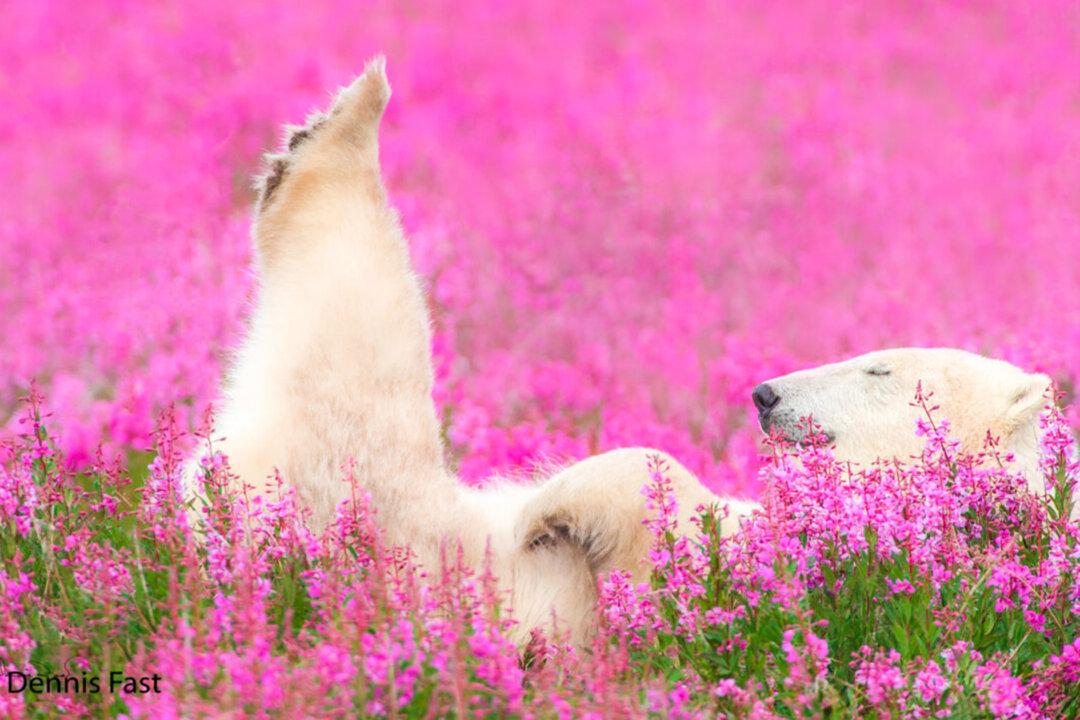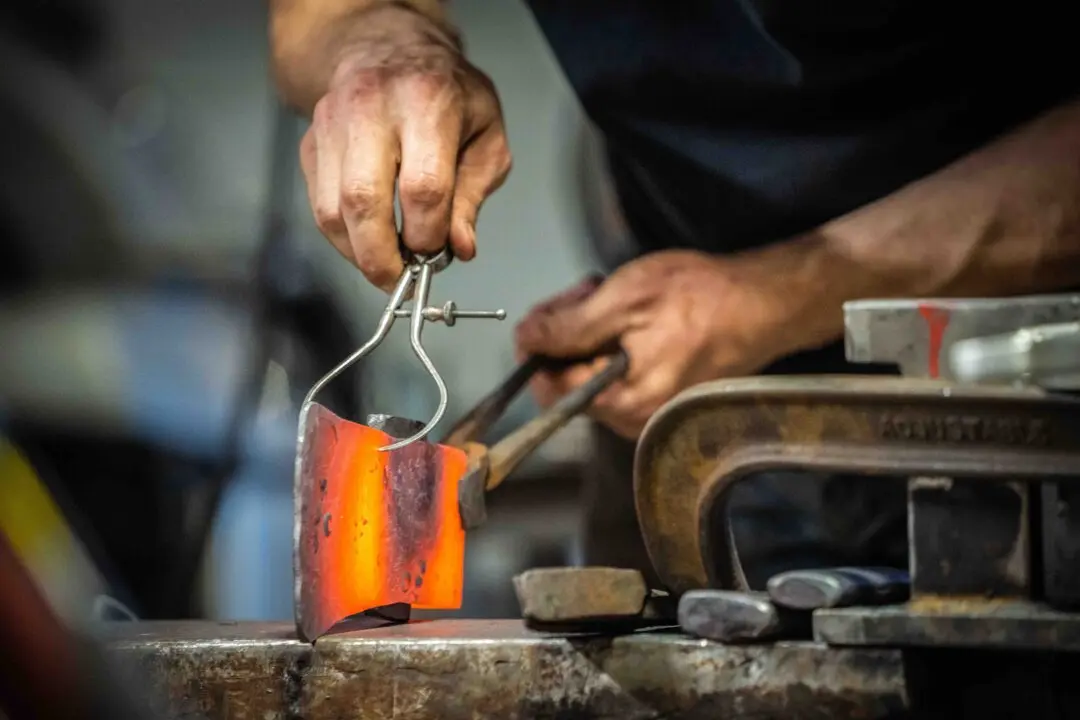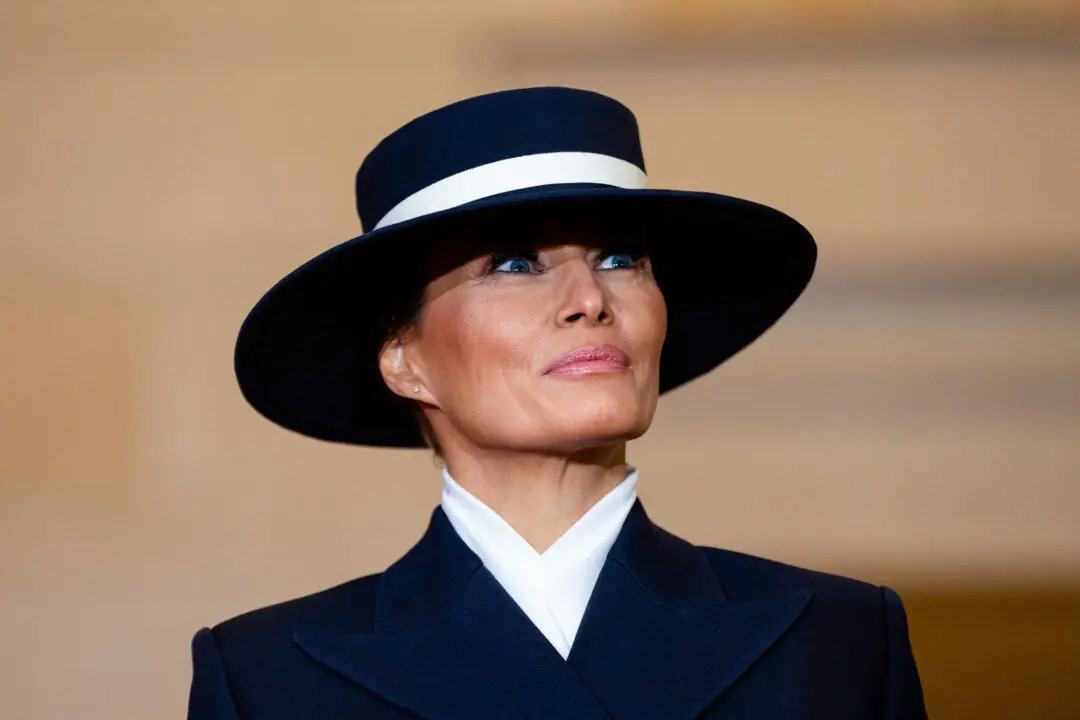These rare photos are like scenes from some polar bears’ exclusive summer vacation.
Photographer Dennis Fast’s images of bears lounging in fields of wildflowers are both incredible and startling. We are so used to seeing polar bears surrounded by snow, we forget that they, too, enjoy a season of warm weather.






